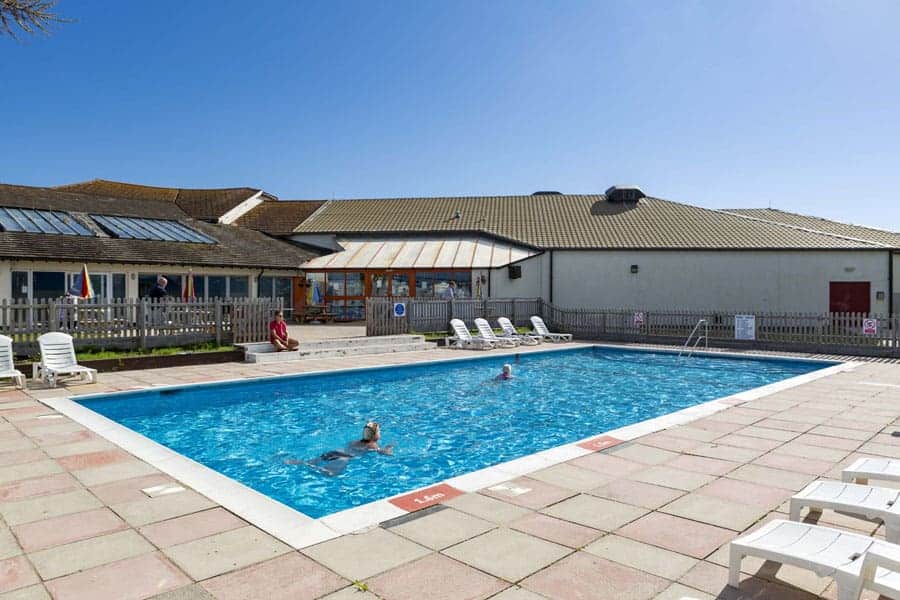What is gigabit capable broadband?
Posted on 18 May 2021 by Beaming SupportPerhaps you’ve heard about the government’s plans to get at least 85% of the UK’s homes and businesses connected to “gigabit capable” broadband before the end of 2025.
The aim is to ensure that the country’s internet infrastructure is in good shape to support the very large amount of data sent across it yearly (Openreach report that in 2020, the average property connected to its network used around 3,000GB of data).
The ability to send and receive large amounts of data at high speed is particularly important for business, where many critical processes are carried out online. Demand is increasing all the time as businesses take up more data-hungry technologies such as cloud software, VoIP phone systems and e-commerce platforms. This has been further highlighted with the rise of home working, as workers connecting remotely to their company’s systems put networks under increased strain.
What does “gigabit broadband” or “gigabit capable” mean?
Gigabit broadband is capable of downloading data at a rate of at least one gigabit per second (1Gbps). For reference, downloading a high-definition film on a 1Gbps connection would take mere seconds, versus around 10 minutes using a good quality superfast broadband.
Some businesses – design agencies, for example – are more likely than others to send large individual files, but in any company employee data use can quickly add up and cause systems and applications to slow down.
When a connection is capable of providing gigabit speeds, it doesn’t necessarily mean that it will. This may be because of theoretical vs real-life limitations, or down to the choosing of the customer. We’ll explain this further in the following section.
What services are capable of providing gigabit speeds?
You won’t achieve gigabit speeds using ADSL or superfast FTTC broadband, but it is possible with a variety of connectivity types, which we’ll outline below.
Fibre leased line
A fibre optic leased line can provide site-to-site connectivity or a connection to the internet, depending on your business needs.
It’s a private connection that’s used only by your business, so you don’t share bandwidth with any other users. That means that if you choose 1Gbps speeds, that’s what you’ll get, consistently and in both directions (upload and download). It’s also the most reliable type of connection available and comes with a five hour fix time in the – very rare – event of a problem, so if downtime can’t be tolerated, this is the connection you need.
When you feel that your business is not quite ready for gigabit speeds just yet, you can opt for a 1Gbps bearer with data speeds starting from 100Mbps. This means that the connection is capable of gigabit speeds but is limited to 100Mbps (or 200Mbps, 500Mbps, etc) and can be easily scaled up as your requirements change.
FTTP Ultrafast broadband
FTTP delivers fibre optic connectivity straight to your door, but data capacity is shared between many users. How many others you share with is down to your ISP, as is the quality of the equipment they use and their traffic management policies, which can all have an impact on the speed you’re able to achieve.
Unlike a fibre leased line, speeds are asymmetric, meaning you’ll be able to download significantly faster than you can upload. Not such a problem for consumers, but for businesses that send data this can be a problem.
FTTP can still offer a significant improvement on superfast FTTC broadband for businesses not yet ready to take up a fibre leased line, but with the considerations above, it’s a good idea to do your research and work with a business ISP that commits to keeping contention (bandwidth sharing) low and quality of service high.
5G
5G is being rolled out across the UK and can, in theory, reach maximum speeds between 10 and 50Gbps. In practice, the peak reached in the UK so far is 753Mbps, according to research from September 2020.
5G is worth mentioning because it may be used to provide backup to a business-critical connection, but for a primary connection you’ll be best to opt for one of the fixed line options outlined above.
A note about equipment
To get the best from gigabit broadband your router and cabling will also need to be gigabit capable. Your ISP should help you make sure you’re using the right equipment to get the best speed and reliability possible.
How can Beaming help you get connected to gigabit connectivity?
As a specialist internet service provider for businesses we can help you get connected to gigabit capable connectivity, and we’ll always be transparent about the speeds you can realistically expect depending on your chosen technology and location.
We also know that it’s not always all about speed. We’ve built our network using the best equipment to offer ultimate reliability, and we manage it carefully to make sure it’s never over-subscribed and that if something goes wrong, data can travel alternative routes so you stay connected.
Call us on 0800 082 2868 or use the form below to enquire about gigabit broadband and one of our friendly tech experts will be in touch within one working day to see how we can help.
Businesses benefiting from gigabit capable connectivity

- Accountancy
- Multi-Site
- Leased Lines
- Telephony
- Remote Working
Ashdown Hurrey
When your business is consistently and fundamentally affected by changes in technology, it makes a lot of sense to monitor the situation on a regular basis

- ProtectNet
- Leased Lines
- Data Security
Corps Security
Beaming worked with key security industry players to develop the ProtectNet service. For businesses like Corps Security, it protects their network, and their reputation.

- Leased Lines
- WiFi
- Digital Transformation
- Tricky Location
- Hospitality/Leisure
De La Warr Pavilion
‘Est. 1935. Modern ever since’ is the tagline of this cultural centre, but much work was needed to ensure that promise is upheld in our hyperconnected age.

- Leased Lines
- Telephony
- Hospitality/Leisure
- Tricky Location
Hastings Pier
Connectivity was crucial to ensure the Pier could operate smoothly, to enable commerce and provide visitors with a truly engaging experience.

- Broadcast
- Fibre
KMFM
With support for existing circuits due to be withdrawn, KMFM got ahead of the game & put a new digital network in place. It used the opportunity to make its service more resilient & improve sound quality, too.

- Leased Lines
- Managed Networks
- Tricky Location
- WiFi
- Hospitality/Leisure
Park Holidays
Before we met Park Holidays were running a corporate network that could barely support their internal systems, let alone the needs of owners and holiday guests.

- Education
- Leased Lines
The Sabden Multi Academy Trust
Bringing much-needed synergy to some very special schools